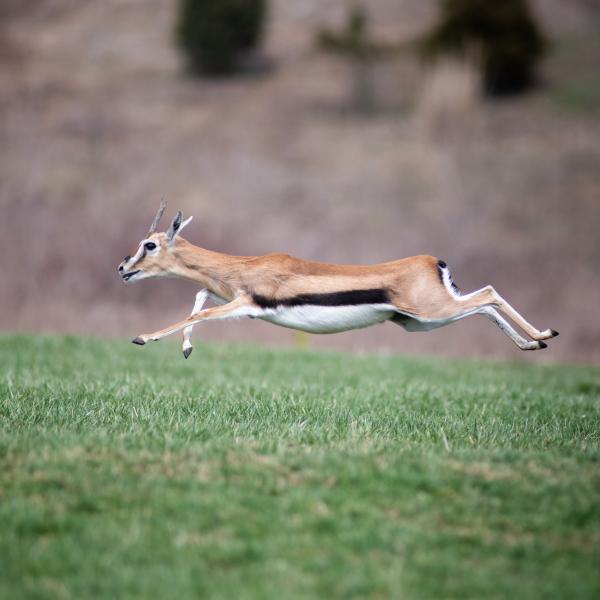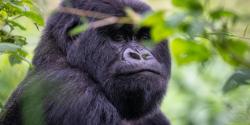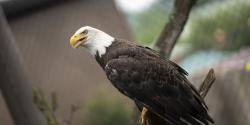The Thomson's gazelle is the most common gazelle in Africa, but it has the smallest range.
Groups of "Tommies," as they are sometimes called, are often found within herds of other hoofed species.
Scientific Name: Eudorcas thomsonii
Conservation Status: Least Concern
Size: Shoulder height ranges from 23 to 28 in.
Weight: Between 29 and 64 lbs.
Median Life Expectancy: Males 5.3 years; Females 10.5 years














